Home>Garden Essentials>What Do Gymnosperms Use To Disperse Seeds
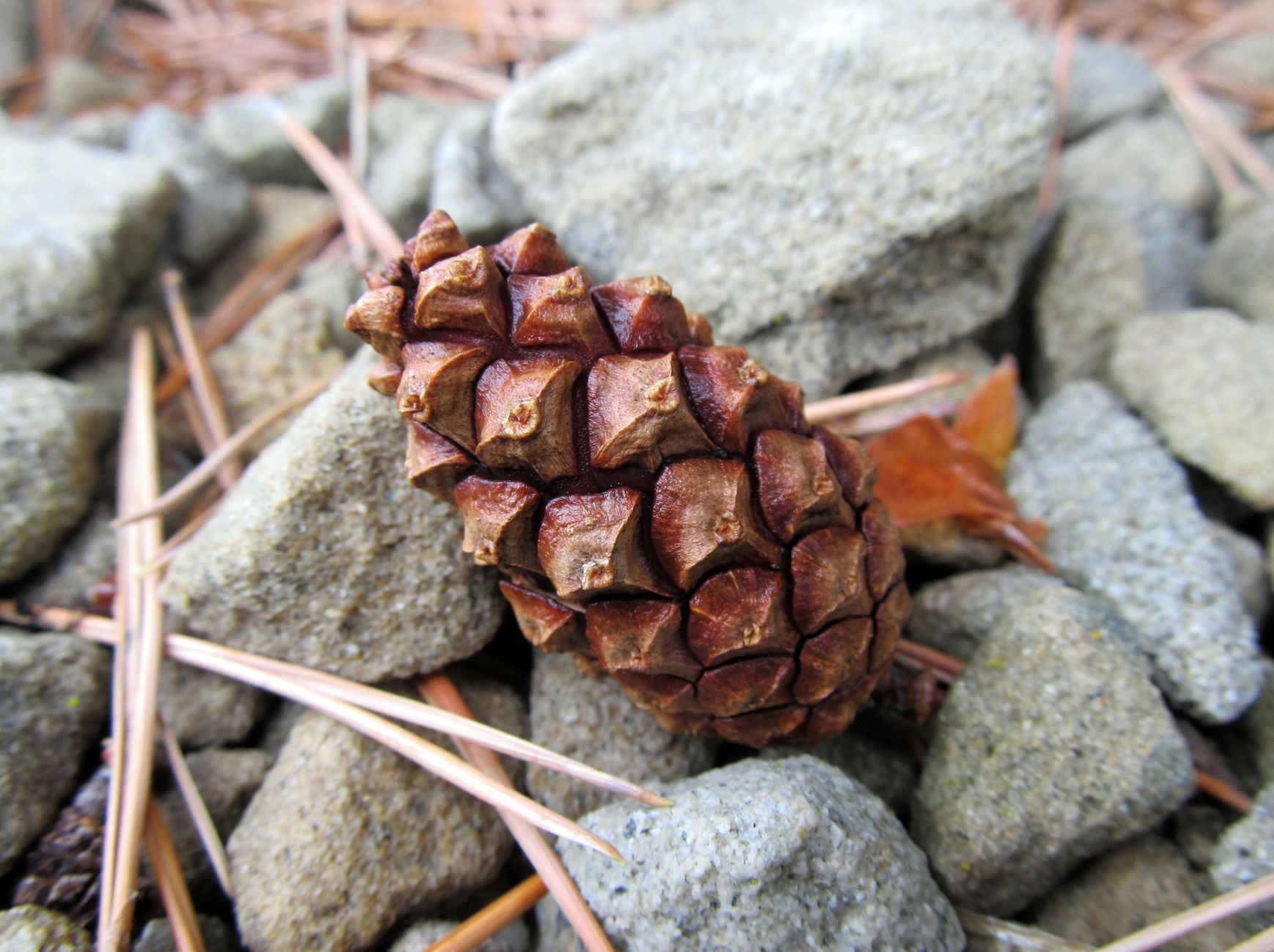

Garden Essentials
What Do Gymnosperms Use To Disperse Seeds
Modified: March 16, 2024
Discover how gymnosperms in the garden use unique methods to disperse their seeds and ensure the survival of their species. Explore the fascinating world of seed dispersal in gymnosperms
(Many of the links in this article redirect to a specific reviewed product. Your purchase of these products through affiliate links helps to generate commission for Storables.com, at no extra cost. Learn more)
Introduction
Gymnosperms, a group of plants that includes conifers, cycads, ginkgoes, and gnetales, have evolved unique mechanisms for dispersing their seeds. Unlike angiosperms, which rely on flowers and fruits to disperse their seeds, gymnosperms utilize various strategies to ensure the successful dispersal of their reproductive units.
Seed dispersal plays a crucial role in the survival and propagation of plant species. It allows plants to colonize new areas, escape competition, and reduce the risk of inbreeding. While gymnosperms may not have the extensive range of dispersal mechanisms found in angiosperms, they have developed effective strategies that have allowed them to thrive for millions of years.
In this article, we will explore the fascinating world of gymnosperm seed dispersal. We will delve into the different methods employed by these plants, including wind dispersal, water dispersal, and animal dispersal. Additionally, we will highlight some of the unique adaptations that gymnosperms have developed to ensure the successful dispersal of their seeds.
Key Takeaways:
- Gymnosperms, like conifers and cycads, disperse seeds using wind, water, and animals. They have evolved unique adaptations, such as wing-like structures and nutritious arils, to ensure successful seed dispersal and colonization.
- Gymnosperms produce abundant seeds and have developed features like wings for wind dispersal and buoyant seeds for water dispersal. They also attract animals with nutritious structures, ensuring the survival and spread of their species.
Read more: How Do Plants Disperse Their Seeds
Gymnosperms and Seed Dispersal
Seed dispersal is an essential process for gymnosperms, as it allows their offspring to be dispersed away from the parent plant, reducing competition and increasing their chances of survival. Gymnosperms have evolved various mechanisms for seed dispersal, depending on their ecological niche and environmental conditions.
Unlike angiosperms, which have evolved flowers and fruits to aid in seed dispersal, gymnosperms lack these structures. However, they have adapted alternative strategies to ensure the successful dispersal of their seeds.
One of the key differences between gymnosperms and angiosperms is the absence of a protective fruit surrounding the seed. While fruits assist in dispersal by attracting animals and aiding in seed transport, gymnosperm seeds are often exposed and need to rely on other methods for dispersal.
Next, I will discuss some of the main methods gymnosperms use for seed dispersal, including wind dispersal, water dispersal, and animal dispersal.
Wind Dispersal in Gymnosperms
Wind dispersal, also known as anemochory, is a common method employed by many gymnosperms to disperse their seeds. Gymnosperm seeds developed several adaptations that allow them to be carried over long distances by the wind.
One of the most notable adaptations is the presence of structures called “wings” or “scales” on the seeds. These wings or scales increase the surface area of the seed, enabling it to catch the wind and be carried away. Conifers, for example, have seeds with wing-like structures known as samaras that facilitate wind dispersal.
Gymnosperms also produce lightweight seeds that are easier to be lifted by air currents. The small size and weight reduce the energy required for the seed to be lifted and carried away by the wind.
Furthermore, the production of abundant seeds increases the chances of successful dispersal. Gymnosperms often produce vast quantities of seeds, ensuring that some will be carried by the wind to suitable germination sites. This strategy compensates for the lack of precision in wind dispersal.
Once the seeds are airborne, they rely on wind patterns and currents to carry them to suitable habitats for germination. The ability of gymnosperm seeds to travel long distances through wind dispersal allows them to colonize new areas, expanding their range and avoiding competition with parent plants.
Overall, wind dispersal is an efficient and widespread method employed by gymnosperms to ensure the dispersal of their seeds. The lightweight and winged seeds, along with the abundance of seeds produced, contribute to the success of this dispersal strategy.
Water Dispersal in Gymnosperms
While wind dispersal is a common method used by gymnosperms, some species have evolved to disperse their seeds through water. This method, known as hydrochory, allows the seeds to be carried away by water currents, aiding in their dispersal to new locations.
Gymnosperms that inhabit areas near water bodies, such as rivers, lakes, and coastal regions, have adaptations that facilitate water dispersal. One such adaptation is the production of buoyant seeds or fruits that are capable of floating on water.
Some gymnosperms have developed structures around their seeds, such as spongy or fibrous coats, that help them to float. These buoyant seeds can be transported by water over long distances, reaching new habitats and increasing their chances of successful germination.
In addition to buoyant seeds, some gymnosperms produce fruits or cones that can bob along the water’s surface. This helps in seed dispersal by allowing the seeds to be carried by water currents or transported by animals that frequent aquatic environments.
Water dispersal is particularly beneficial for gymnosperms in habitats prone to flooding or where water bodies serve as natural corridors for seed dispersal. It allows seeds to reach suitable sites away from parental plants, promoting genetic diversity and reducing competition.
While water dispersal may not be as common in gymnosperms compared to wind dispersal, it is an important strategy in certain ecosystems. It provides an effective means for seeds to travel across bodies of water, colonize new areas, and establish populations in diverse habitats.
Gymnosperms use various methods to disperse seeds, including wind, animals, and water. Some gymnosperms have seeds with wings or other structures that help them to be carried by the wind, while others rely on animals to eat and spread their seeds.
Animal Dispersal in Gymnosperms
In addition to wind and water dispersal, gymnosperms have also evolved mechanisms to utilize animals for seed dispersal. Animal dispersal, also known as zoocory, involves the transport of seeds through various interactions with animals.
Gymnosperms employ different strategies to attract animals and ensure that their seeds are dispersed. Some gymnosperms produce fleshy and nutritious structures known as arils or cone scales. These structures contain seeds and are often brightly colored or have specific scents, which attract animals that consume them.
Animals, such as birds, squirrels, and rodents, are attracted to these nutritious structures and feed on them. While consuming the arils or cone scales, the animals inadvertently pick up and disperse the seeds either through dropping or defecation in different locations.
This process benefits both the plants and the animals. The plants rely on the animals to disperse their seeds to new areas, which helps in avoiding competition with the parent plant. The animals, on the other hand, benefit from the nutritional reward provided by the arils or cone scales.
Gymnosperms have also developed seed coats with barbs, hooks, or spines that attach to the fur, feathers, or bodies of animals. This allows the seeds to be carried by animals as they move, leading to the dispersal of the seeds in different locations.
In some cases, gymnosperms have formed mutualistic relationships with specific animals that aid in their seed dispersal. For example, certain species of birds have co-evolved with gymnosperms that produce fruits or seeds that are adapted to fit the birds’ bills or beaks. As the birds feed on these fruits or seeds, they help disperse the seeds through their movement and droppings.
Animal dispersal in gymnosperms provides an effective means of seed dispersal, utilizing the mobility and behaviors of animals to transport seeds to new areas. This strategy increases the chances of successful germination and colonization, ensuring the long-term survival of gymnosperm populations.
Gymnosperm Seed Dispersal Adaptations
Gymnosperms have developed several unique adaptations to enhance the dispersal of their seeds, increasing the chances of successful germination and the establishment of new plant populations. These adaptations are crucial in ensuring the survival and long-term persistence of gymnosperm species.
One of the key adaptations is the production of large quantities of seeds. Gymnosperms often produce an abundance of seeds, increasing the chances of at least some of them finding suitable germination sites and successfully establishing new plants.
In addition to producing numerous seeds, gymnosperms have evolved various structures and features to aid in seed dispersal. Some gymnosperms have wings or scales on their seeds, allowing them to catch the wind more effectively and be carried over long distances. This adaptation is particularly common in conifers, with their samara-like seeds.
Other gymnosperms have developed structures that enable their seeds to float on water. These buoyant seeds can be carried by water currents, facilitating long-distance dispersal to new habitats. This adaptation is advantageous for gymnosperms growing near water bodies or in flood-prone areas.
Gymnosperm seeds also exhibit a range of adaptations to encourage animal dispersal. Some seeds are enclosed in fleshy and nutritious structures, such as arils or cone scales, which attract animals that consume them. By rewarding animals with a valuable food source, the plants ensure that their seeds are dispersed through the animals’ movement and deposition.
Furthermore, gymnosperm seeds often have hooks, barbs, or spines on their surfaces, which allow them to attach to fur, feathers, or other surfaces of animals. This mechanism enables the seeds to hitchhike on the animals and be transported to different locations.
Gymnosperms have also established mutualistic relationships with specific animals. For example, certain birds have evolved specialized bills or beaks that align with the shape and size of gymnosperm fruits or seeds. This coevolutionary relationship benefits both the plants, as their seeds are dispersed, and the birds, as they receive a nutritional reward.
Overall, gymnosperms have undergone significant adaptations to facilitate seed dispersal. These adaptations include the production of abundant seeds, the presence of structures for efficient wind or water dispersal, and the development of attractive and reward-based strategies to entice animals for dispersal. These adaptations contribute to the successful dispersal and colonization of gymnosperm species in various habitats and environments.
Conclusion
Gymnosperms have evolved fascinating and diverse strategies for the dispersal of their seeds. Despite lacking the flowers and fruits of angiosperms, gymnosperms have managed to thrive for millions of years by utilizing wind, water, and animal dispersal methods.
Wind dispersal is a common strategy among gymnosperms, with adaptations such as wing-like structures or lightweight seeds that enable their seeds to be carried over long distances. Water dispersal is employed by species in aquatic environments, using buoyant seeds or fruits to travel along water currents.
Animal dispersal plays a crucial role for certain gymnosperms, as they produce attractive and nutritious structures that entice animals to consume them. Through this mutualistic relationship, animals inadvertently disperse the seeds through their feeding habits and movement.
Gymnosperms have also developed various adaptations to enhance seed dispersal, including the production of large quantities of seeds, structures for effective dispersal, and mechanisms to attach to animals’ bodies. These adaptations increase the likelihood of successful seed germination and colonization of new habitats.
In conclusion, gymnosperms have evolved a remarkable array of seed dispersal mechanisms to ensure their survival and propagation. These strategies enable them to occupy diverse habitats, colonize new areas, and reduce competition with parent plants. Understanding gymnosperm seed dispersal provides valuable insights into the biology and ecological success of these ancient and remarkable plant groups.
Frequently Asked Questions about What Do Gymnosperms Use To Disperse Seeds
Was this page helpful?
At Storables.com, we guarantee accurate and reliable information. Our content, validated by Expert Board Contributors, is crafted following stringent Editorial Policies. We're committed to providing you with well-researched, expert-backed insights for all your informational needs.
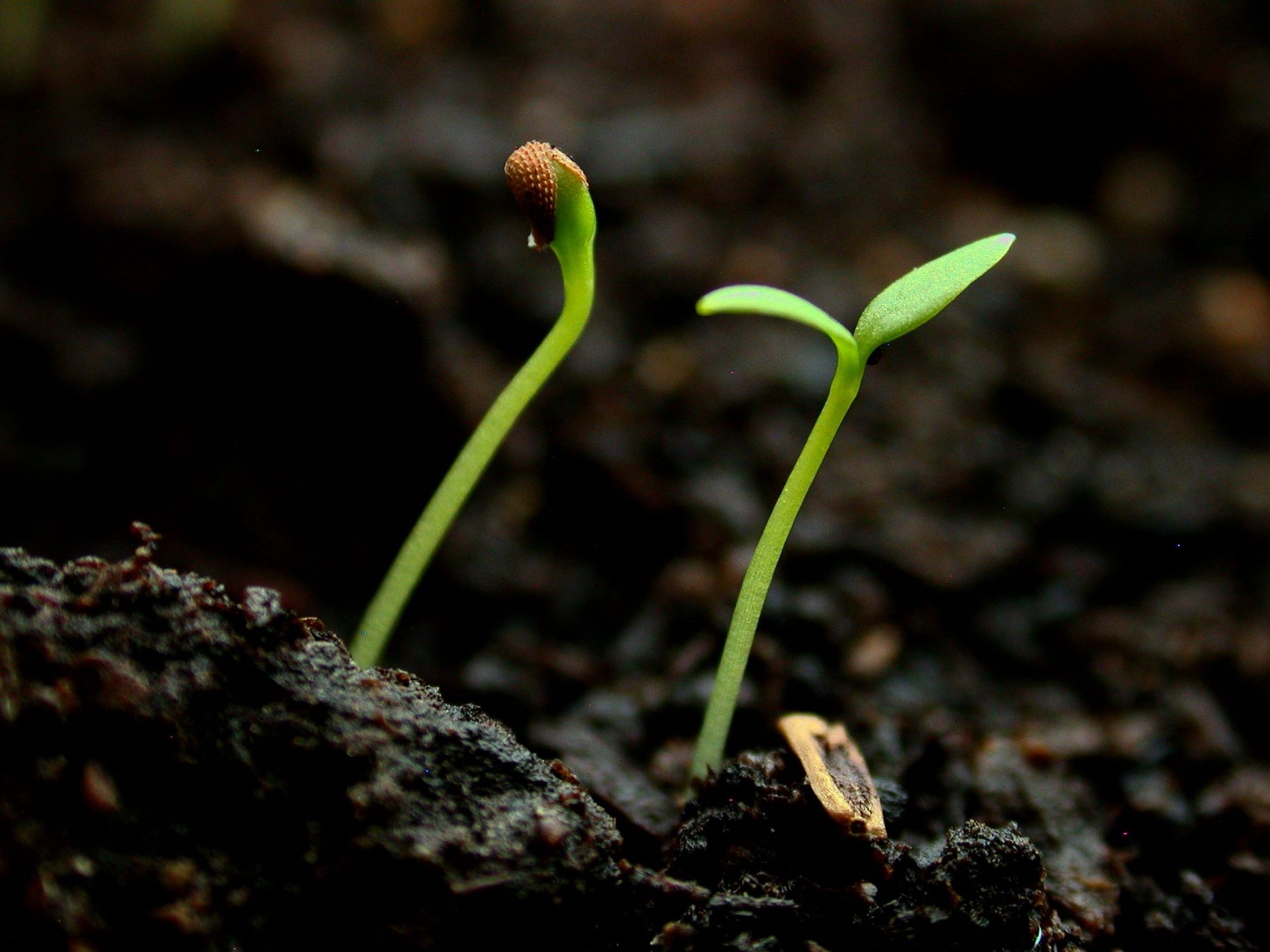
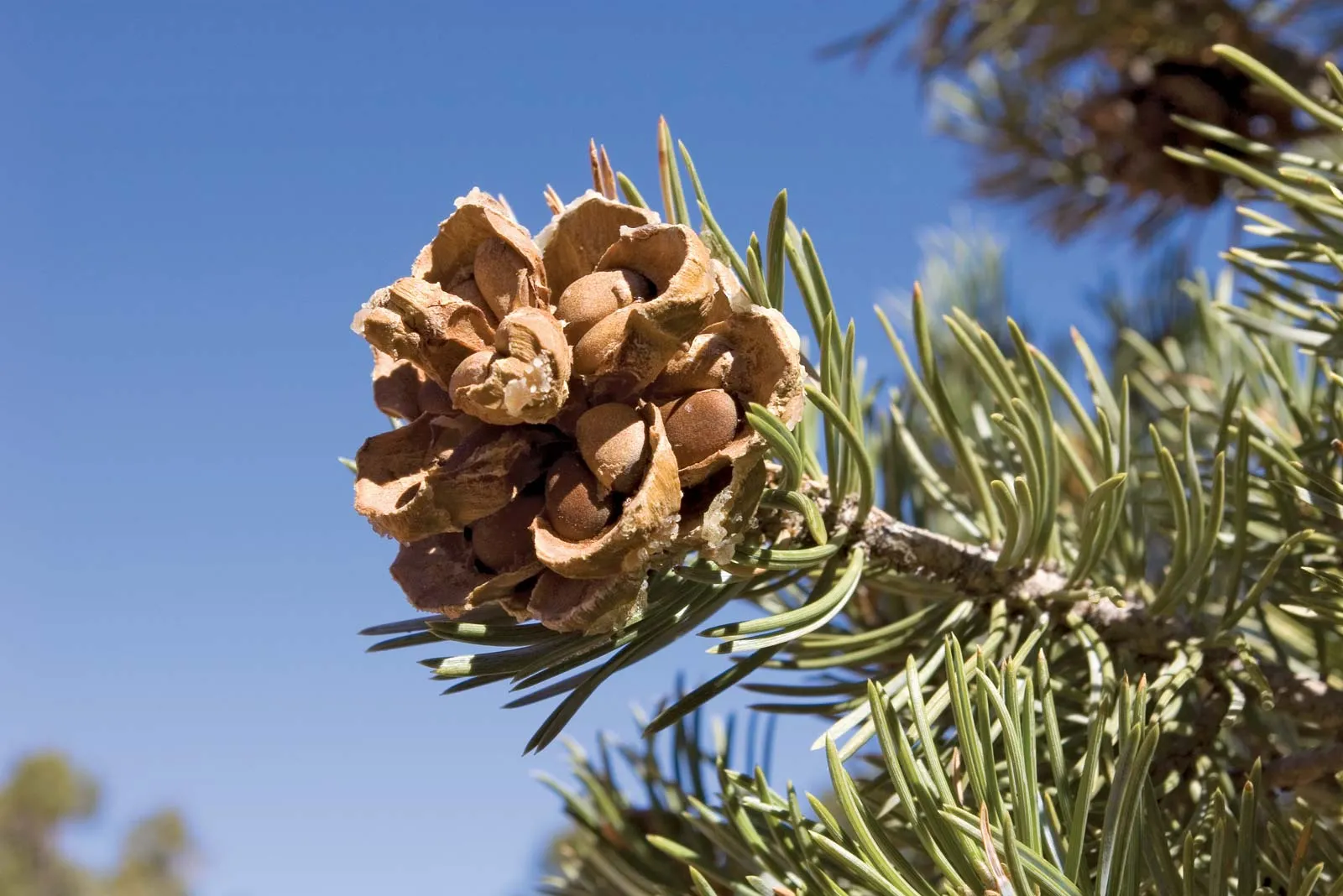

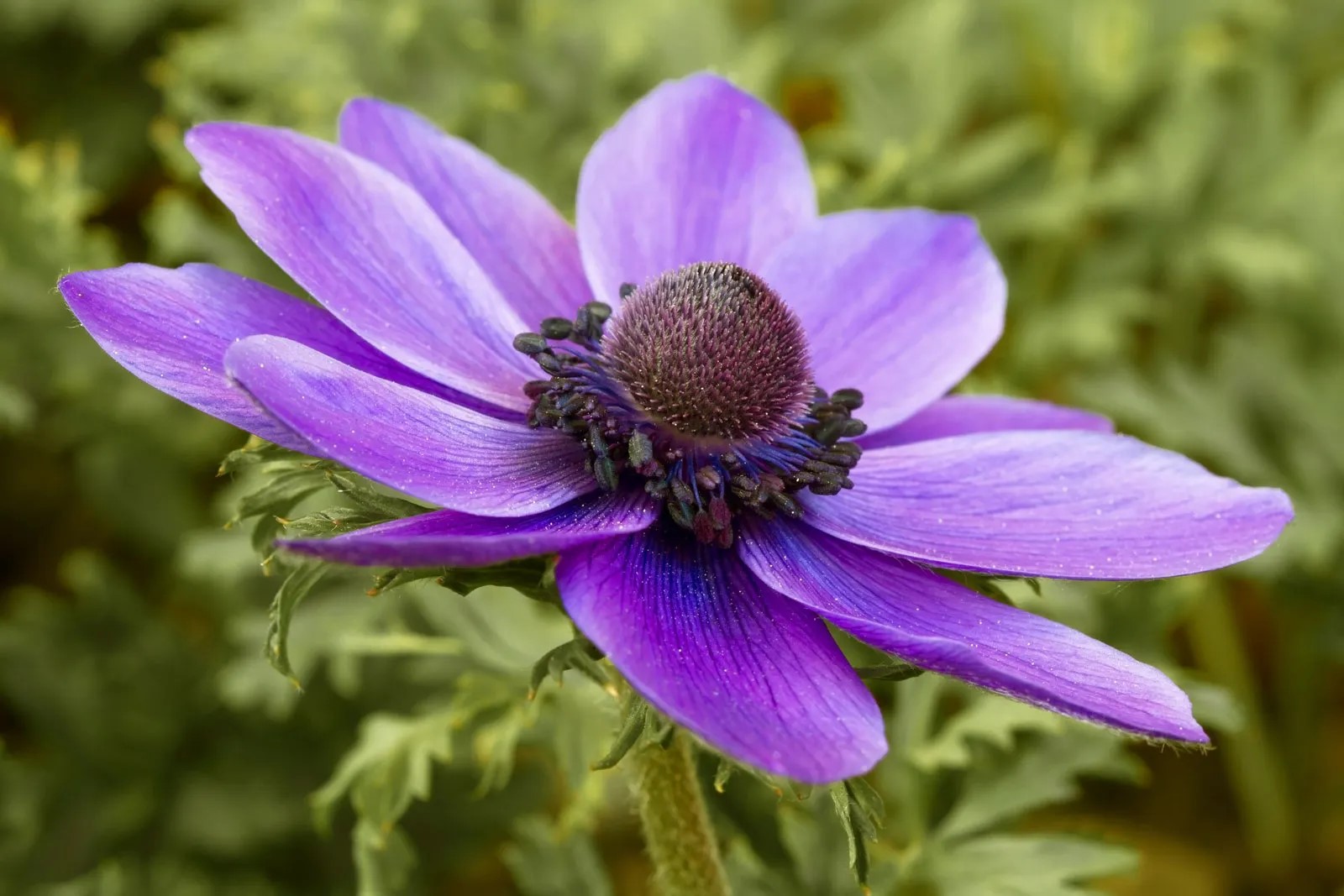
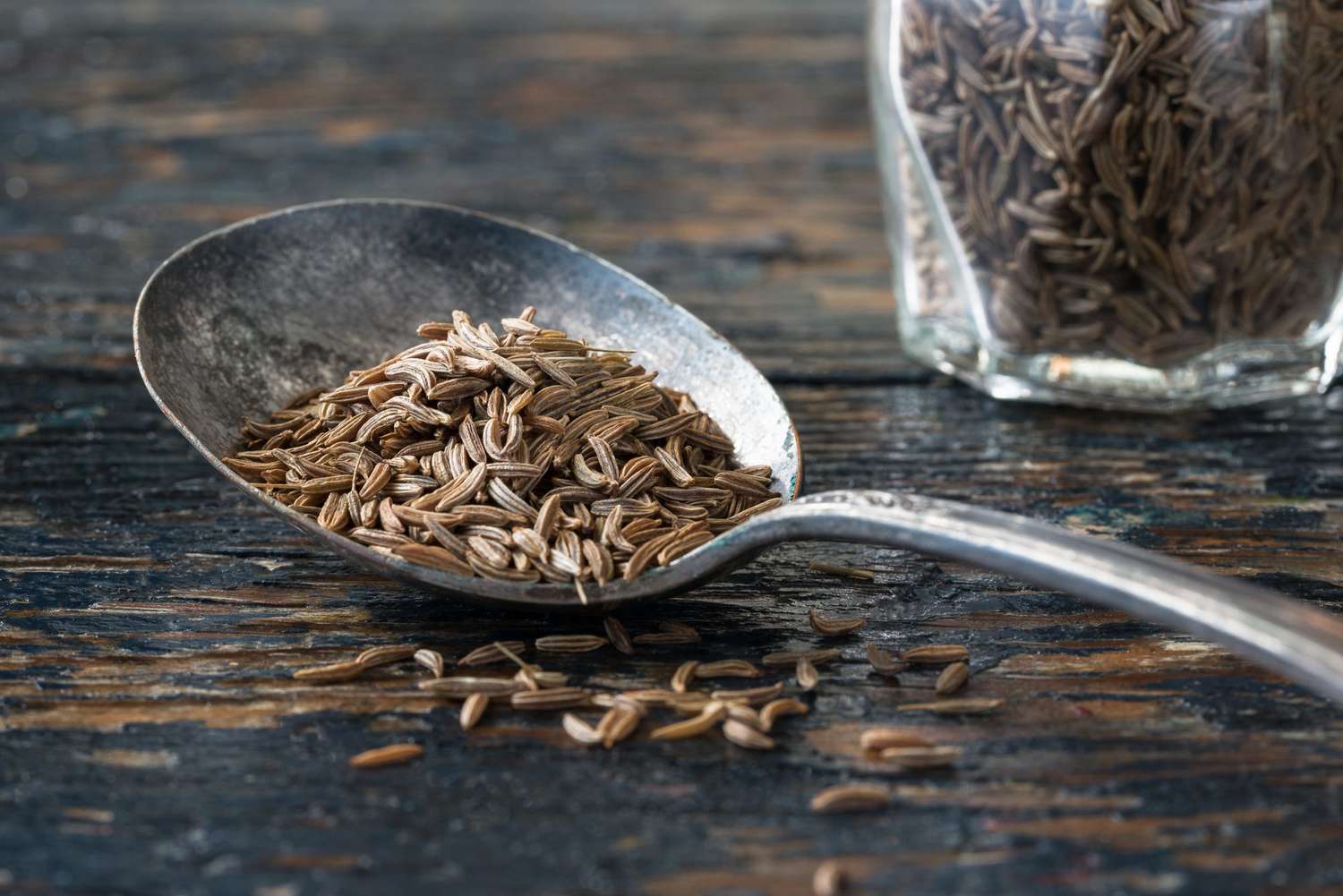
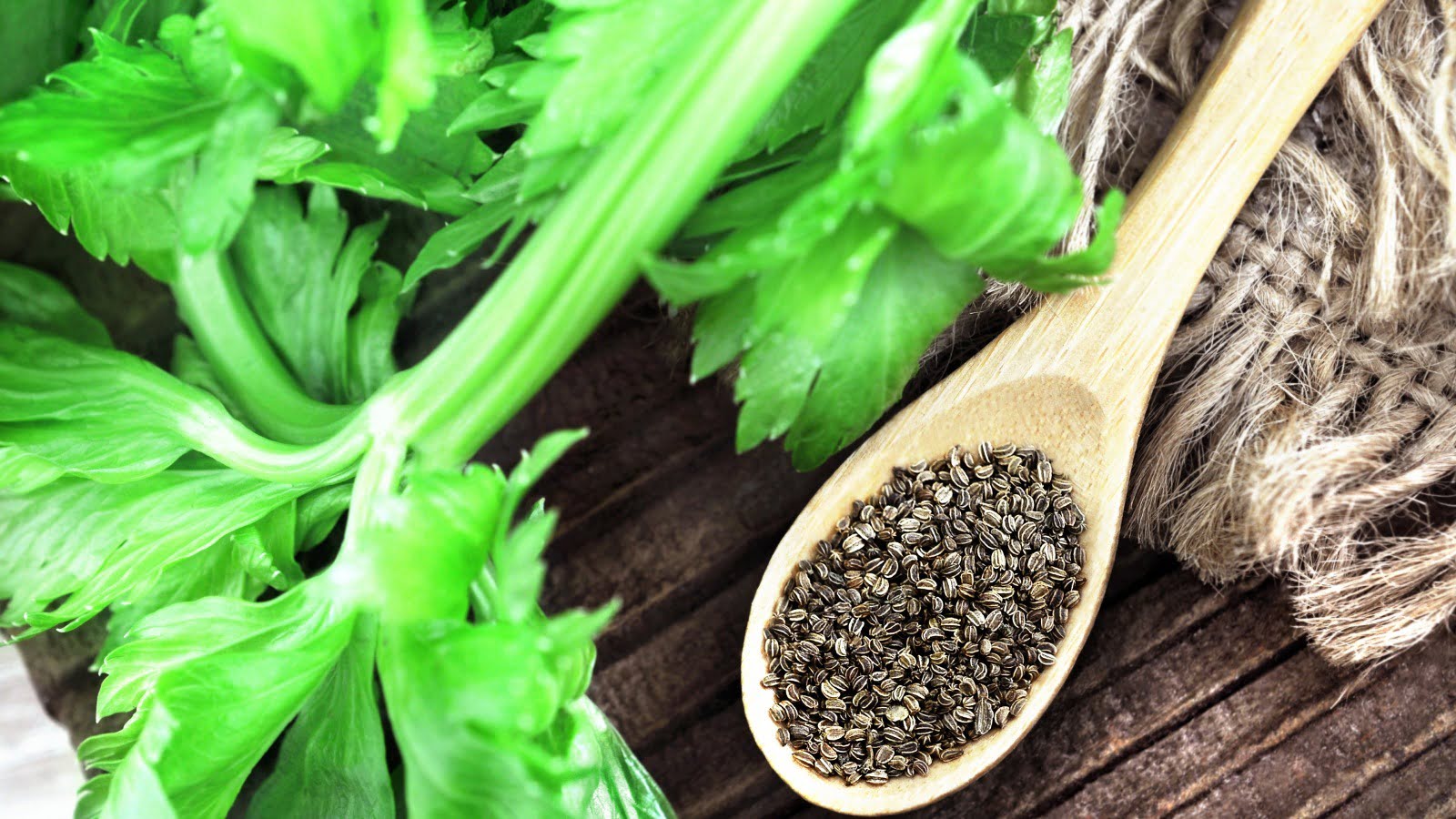
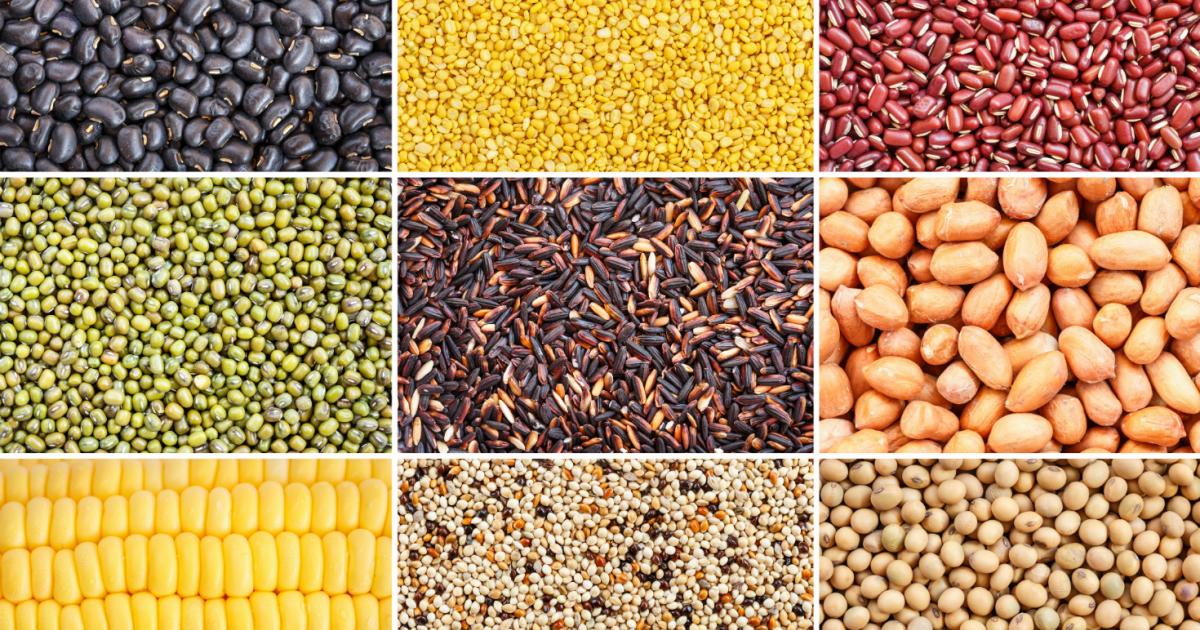
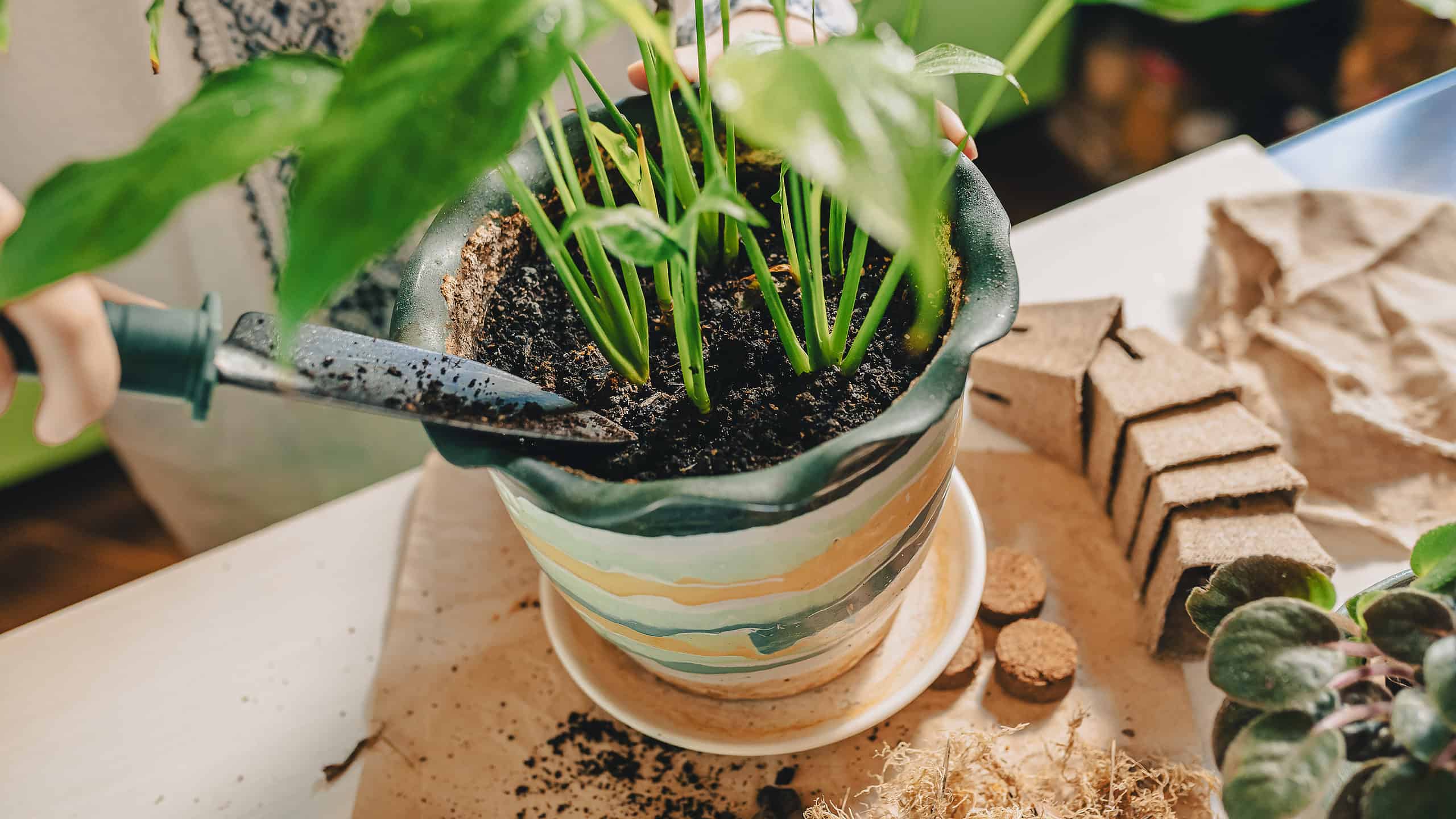
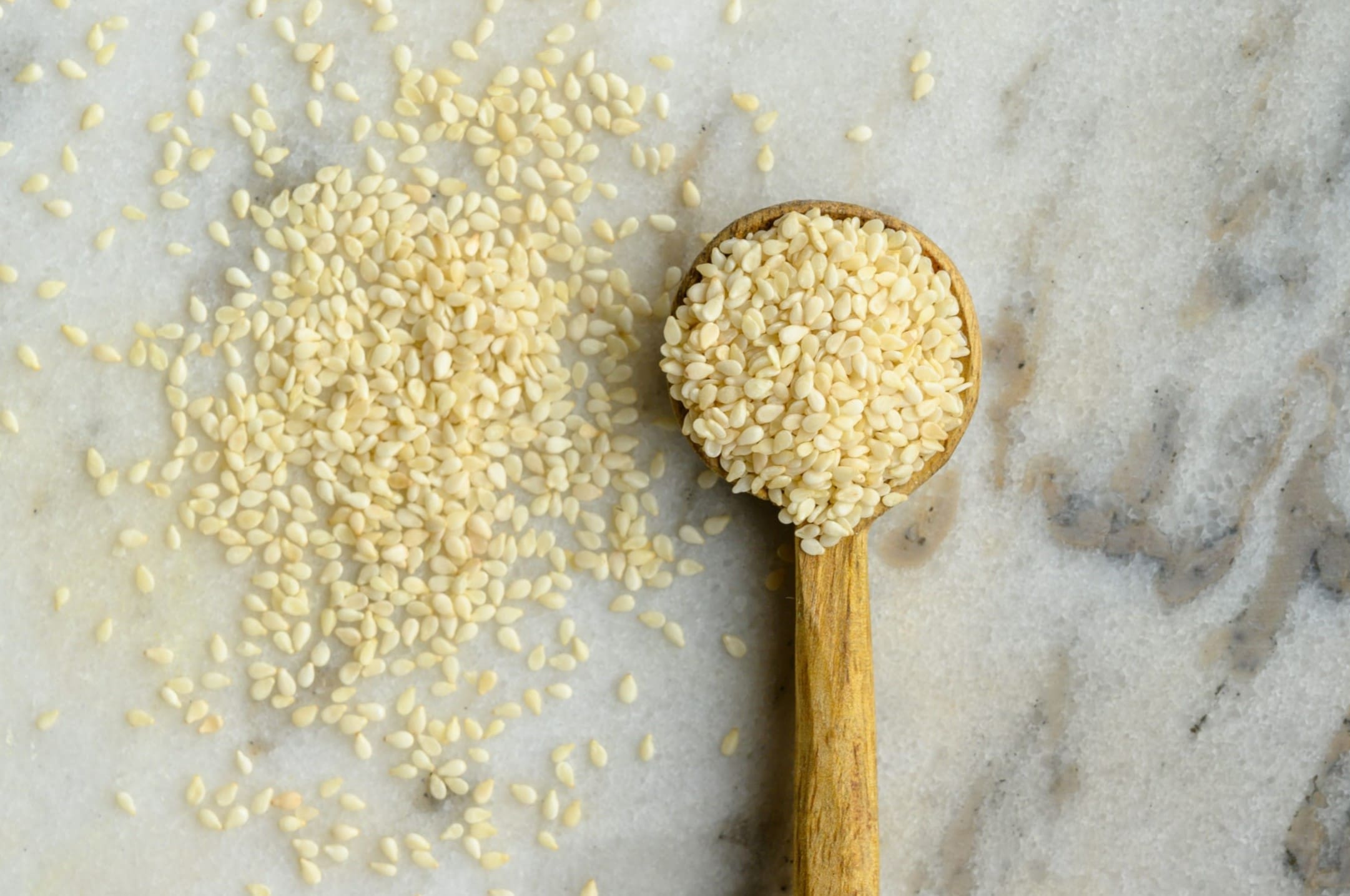

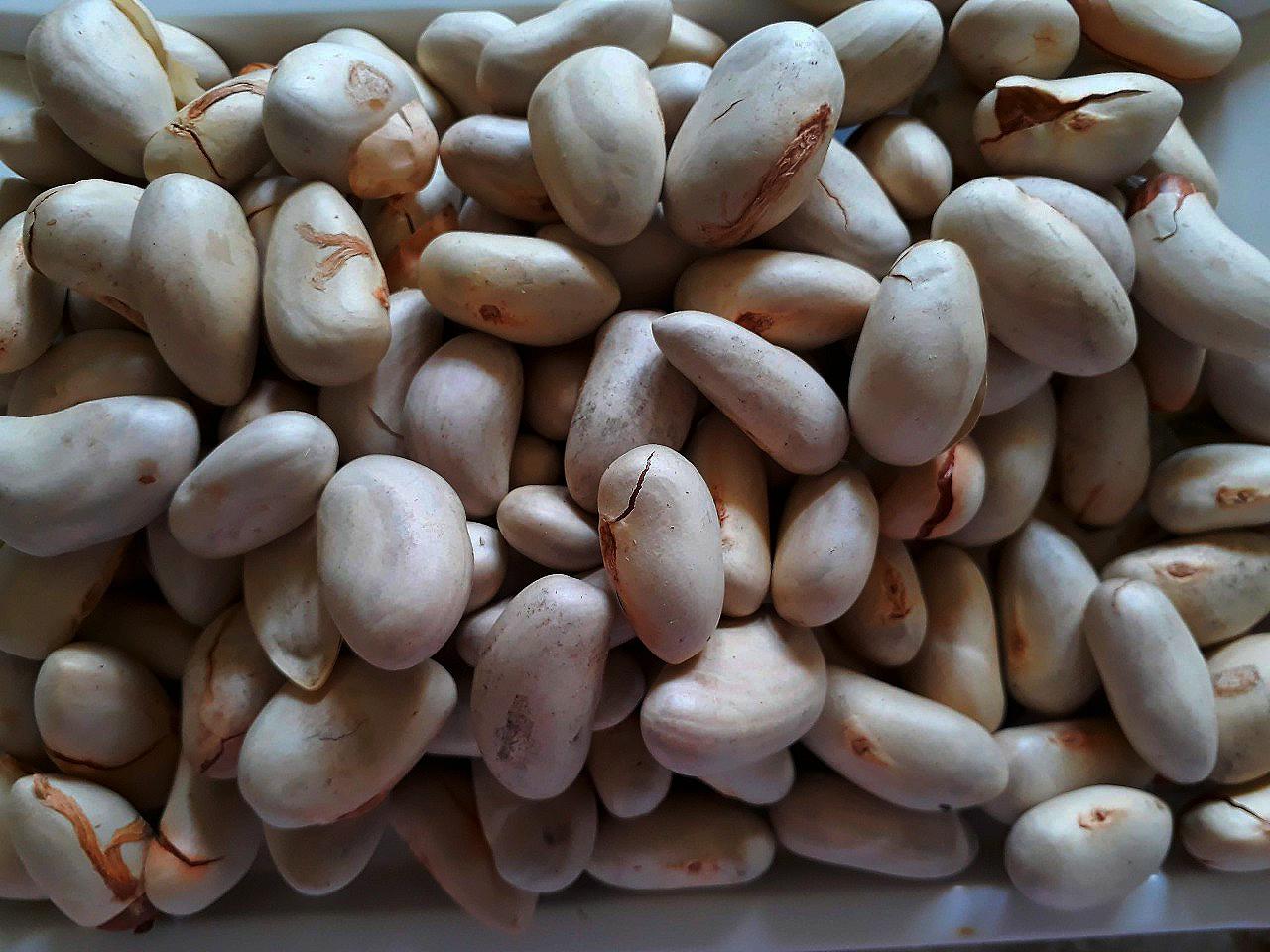
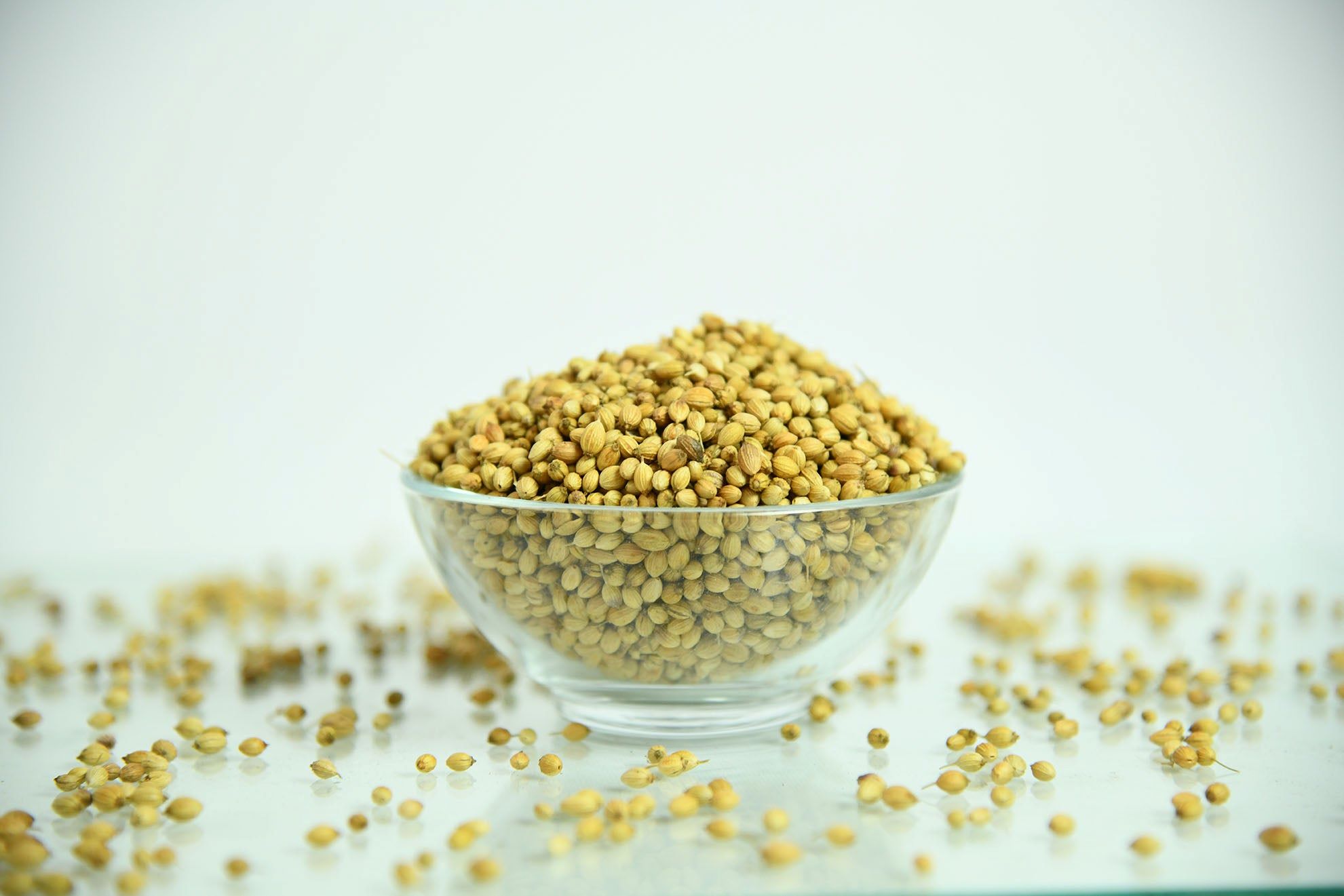
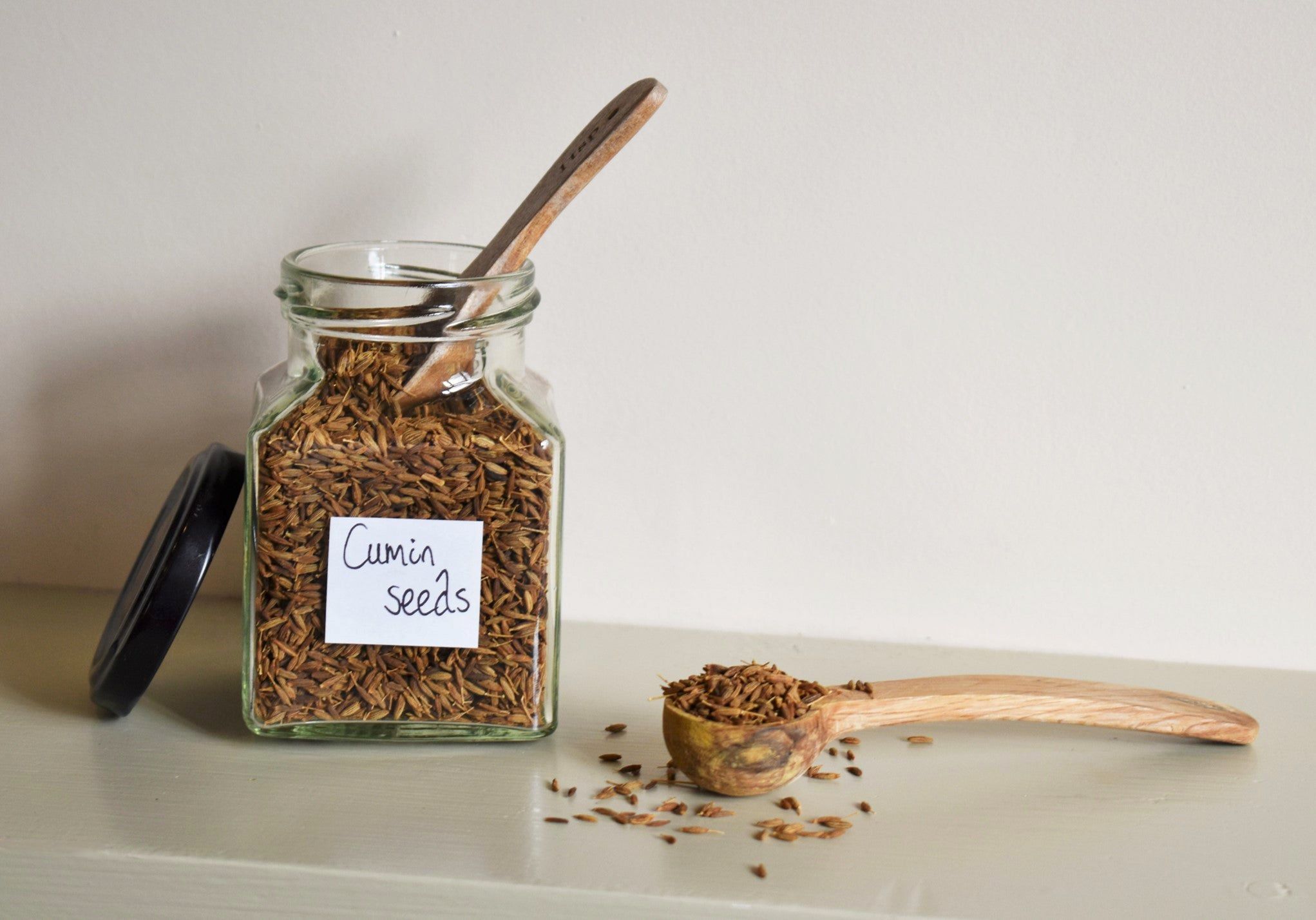


0 thoughts on “What Do Gymnosperms Use To Disperse Seeds”